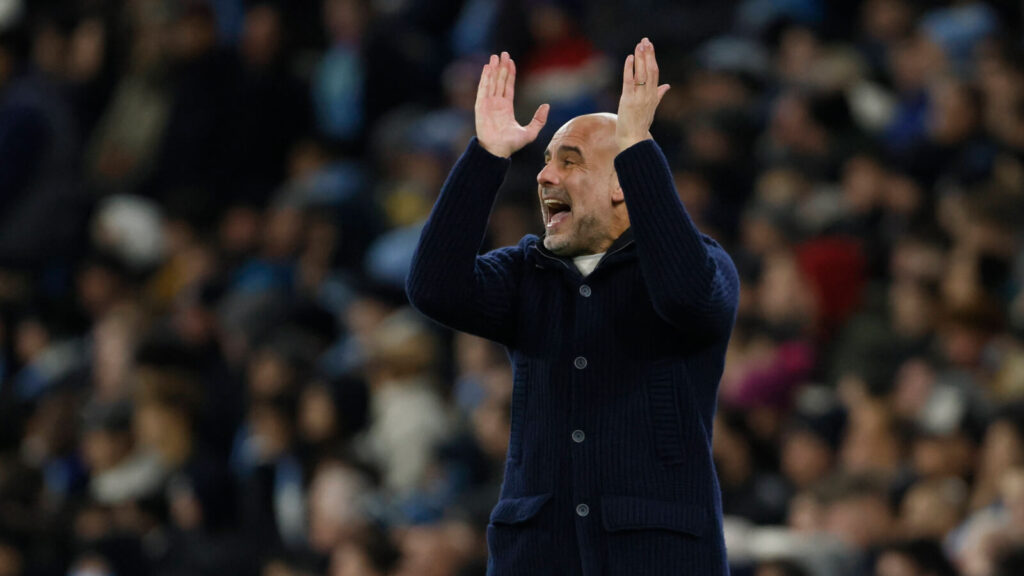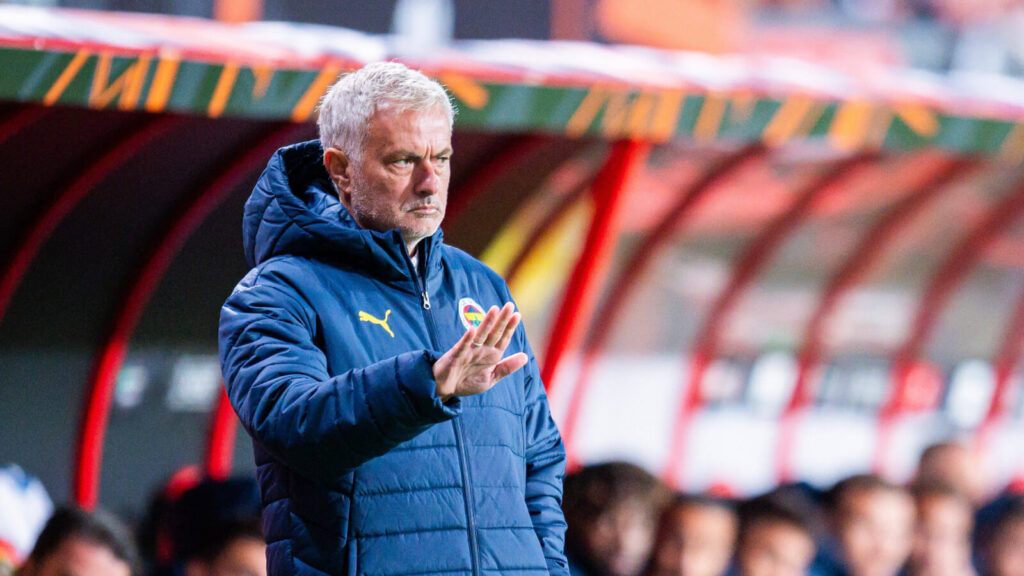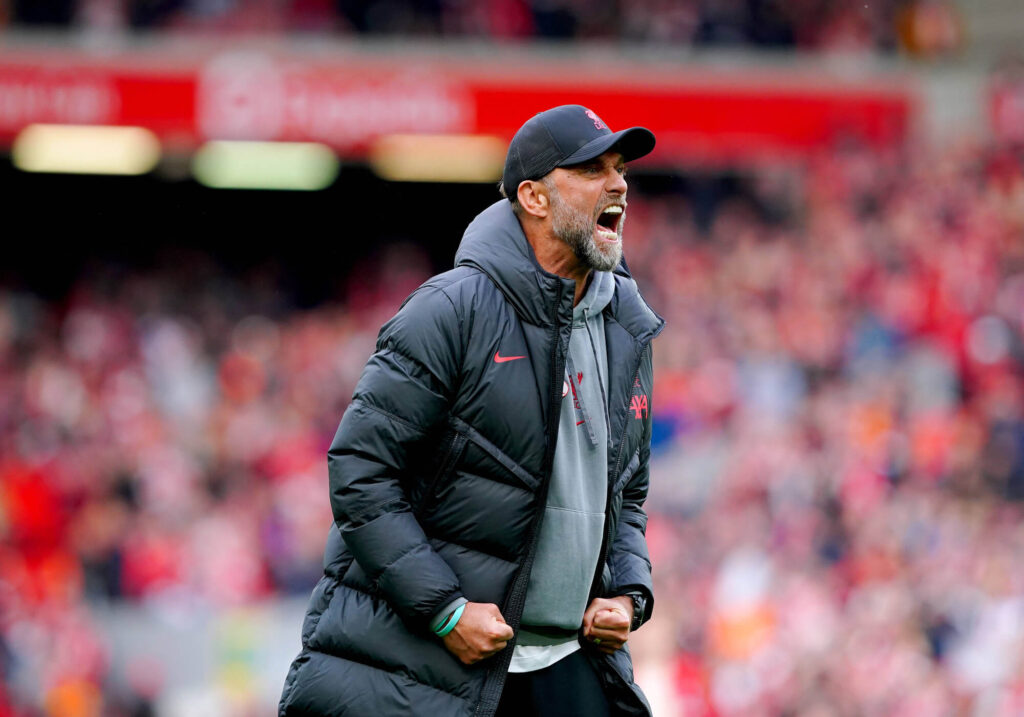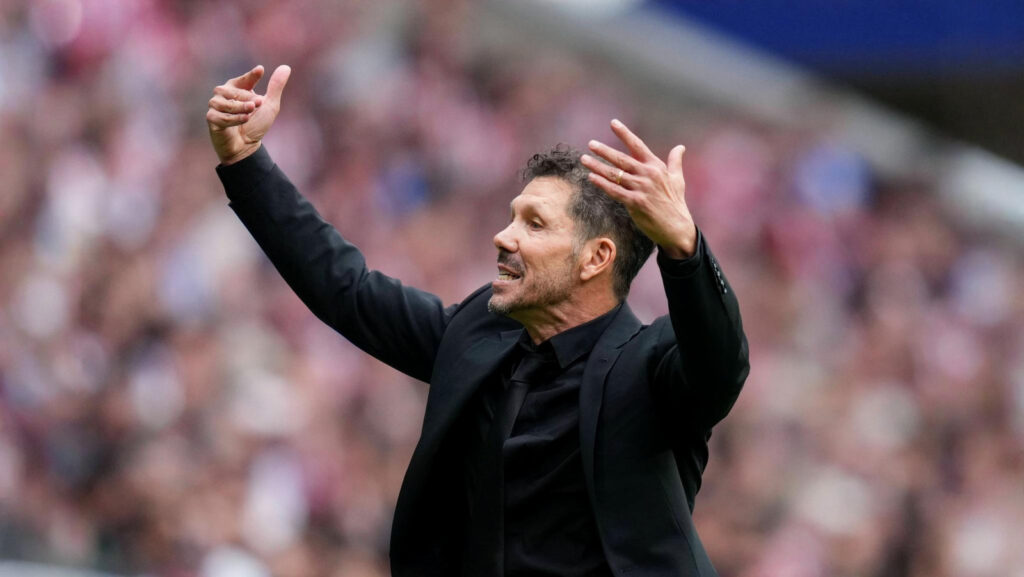Football has always been a game of opposing philosophies. Some sides think the optimal way to win is to dominate possession and wear down the opposition. Others like to wait, sit deep, and strike at the speed of lightning on the counter. Possession football and counter-attacking football are the top tactics in today’s game. Both can win, but they are based on different measures, tactics, and player attributes.
Possession-Based Football: Control Through the Ball
Possession football rests on the principle—if you possess the ball, the other team will not be able to score. Teams playing this type of football emphasize short passes, organized build-up, and positional play. Managers like Pep Guardiola have made this approach famous, commonly known as “tiki-taka.”

- Possession (%): The most visible sign of this style is possession of the ball. Possession teams would average 60-70% possession per game. They constantly recycle the ball to carve chances for themselves.
- Passing Accuracy: Since the game depends on quick, controlled passes. The passing accuracy is quite high, frequently exceeding 85-90%. Midfielders and defenders train in moving the ball and not taking reckless passes.
- Heatmaps: Team heatmaps typically reflect dominance in the central third of the pitch. Frequent rotation between midfielders and defenders before pushing the attacking areas.
- Defensive Metrics: Being a possession-oriented team means fewer tackles and interceptions. But with the ball grabbed off them, they rely on fast pressing to regain it promptly.
Best examples are Guardiola’s Barcelona (2008-2012) and present-day Manchester City. These sides not only dominate matches but also pester opponents. They make their opponents run after the ball and exhaust themselves.

Counter-Attacking Football: Speed and Directness
By contrast, counter-attack football welcomes defending deep and counter-attacking quickly. Counter-attacking sides are at ease out of possession, inviting the opposition forward. They then unleash speed and accuracy to attack the channel behind. Managers such as José Mourinho and Diego Simeone have made this approach a work of art.

- Possession (%): Counter-attacking sides usually post 35–45% possession, occasionally lower. This is not considered to be a weakness but recruits as a deliberate option.
- Passing Accuracy & Long Balls: Their passing accuracy can dip as low as 75 to 80%. Usually take far riskier long passes. Long balls are one of the most important tools to get runners in rapid advance.
- Goals from Counter-Attacks: One of the standout statistics is the number of goals scored from fast breaks. Leicester City in their 2015-16 League-winning season thrived on fast breaks. They always manage to score within seconds of winning the ball.
- Defensive Metrics: Counter-attack sides lead tackles and interceptions. They break through the midfield, starting an attack.
Atlético Madrid under Simeone is the archetypal example. They showed resolute defending, aggressive tackling, and destructive pace from the likes of Antoine Griezmann and Álvaro Morata.

Key Metrics in Comparison
For clarity on the contrast, this is how the two styles vary through data-features:

Coaching Strategies
Young coaches usually combine both philosophies in the development of players. Small-sided games (e.g., 5-a-side) educate rapid passing, mobility, and ball possession retention. They also follow training drills that focus on gaining the ball and scoring in a matter of seconds. It conditions players for counter-attacking situations.
Contemporary football more often than not witnesses hybrid systems. Under Klopp, Liverpool combined high pressing and quick transitions with structured possession. It made them quite adaptable in how they meet up with any opposition.

Emotional and Tactical Impact
The choice of either possession or counter-attack influences the experience of the match. Possession games feel like chess – patient, systematic, and technical. Counter-attacking games feel explosive and theatrical. Goals seemingly coming out of nowhere and against the flow of play.
Nevertheless, both the styles are enjoyed by fans. Some fans love the artistry of prolonged passing moves. Others like the thrill of a 10-second counter that results in a goal.
Two Paths to Victory
Football is still beautiful because there is no one style of winning. Possession style of play is all about control, accuracy, and patience. Counter-attacking football is about discipline, pace, and brutality. Both can beat the other when played at their best. Neither one is really better than the other. It depends on the players, opponents, and even on the coach’s philosophy.
Ultimately, championships are won by the balance between possession and counter-attack. The greatest teams are not characterized by a single philosophy, but by how they are able to change when necessary. That combination of control and chaos is what makes the sport so captivating.
